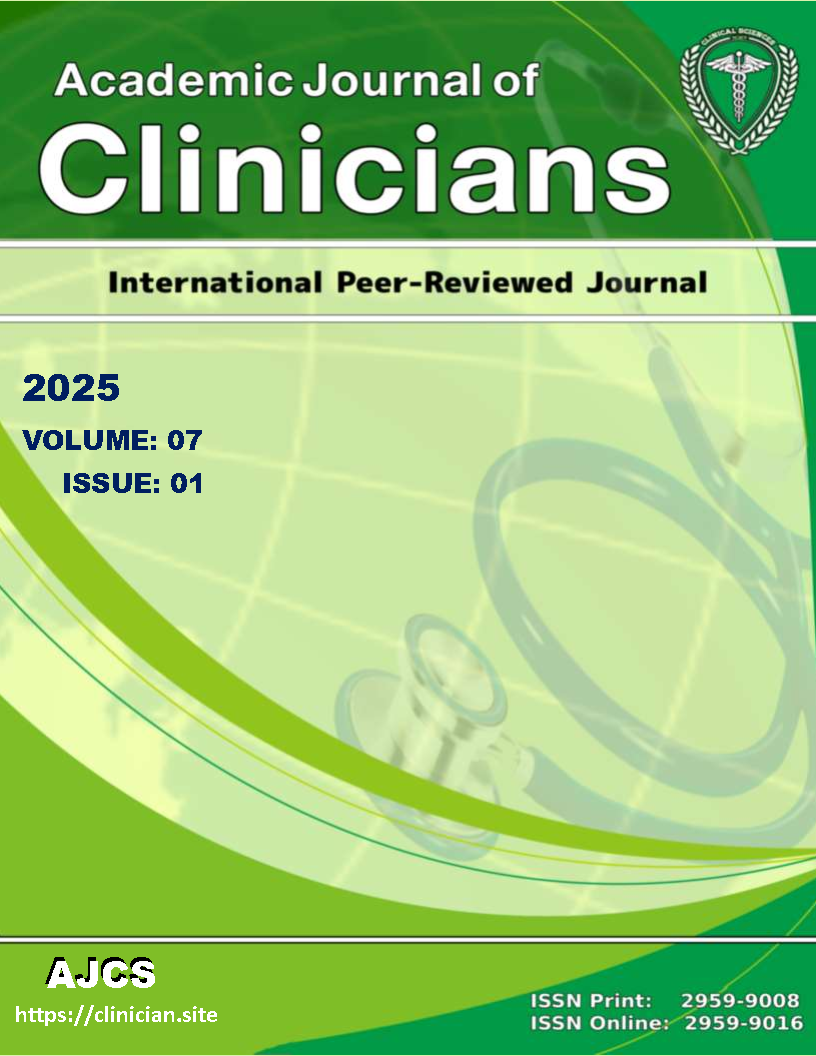Outcomes of Corneal Cross-Linking Versus Intrastromal Corneal Ring Segment Implantation in Patients with Keratoconus
Keywords:
Keratoconus, corneal cross-linking, corneal ring segment implantation, OutcomeAbstract
Background
Keratoconus is a progressive corneal disorder that leads to visual impairment. Corneal cross-linking (CXL) and intrastromal corneal ring segment (ICRS) implantation are two surgical options aimed at halting progression and improving visual outcomes.
Objective
This study compares the clinical outcomes of corneal cross-linking and intrastromal corneal ring segment implantation in patients with keratoconus.
Methods
A prospective cohort study was conducted with 120 patients diagnosed with keratoconus, divided into two groups: one undergoing CXL (n=60) and the other receiving ICRS implantation (n=60). Preoperative and postoperative evaluations included uncorrected visual acuity (UCVA), best-corrected visual acuity (BCVA), corneal topography, and patient-reported outcomes over a follow-up period of 12 months.
Results
Both groups showed significant improvements in BCVA (CXL group: +0.3 logMAR; ICRS group: +0.5 logMAR, p < 0.01). The ICRS group demonstrated greater improvement in UCVA (CXL: +0.2 logMAR; ICRS: +0.4 logMAR, p < 0.05). Corneal steepness decreased significantly in both groups, with a more pronounced reduction in the ICRS group (p < 0.01). Patient-reported outcomes indicated higher satisfaction levels in the ICRS group regarding visual quality.
Conclusions
Both corneal cross-linking and intrastromal corneal ring segment implantation are effective in improving visual outcomes in keratoconus patients. However, ICRS implantation offers superior improvements in UCVA and patient satisfaction. Clinicians should consider individual patient characteristics when selecting the appropriate intervention.





